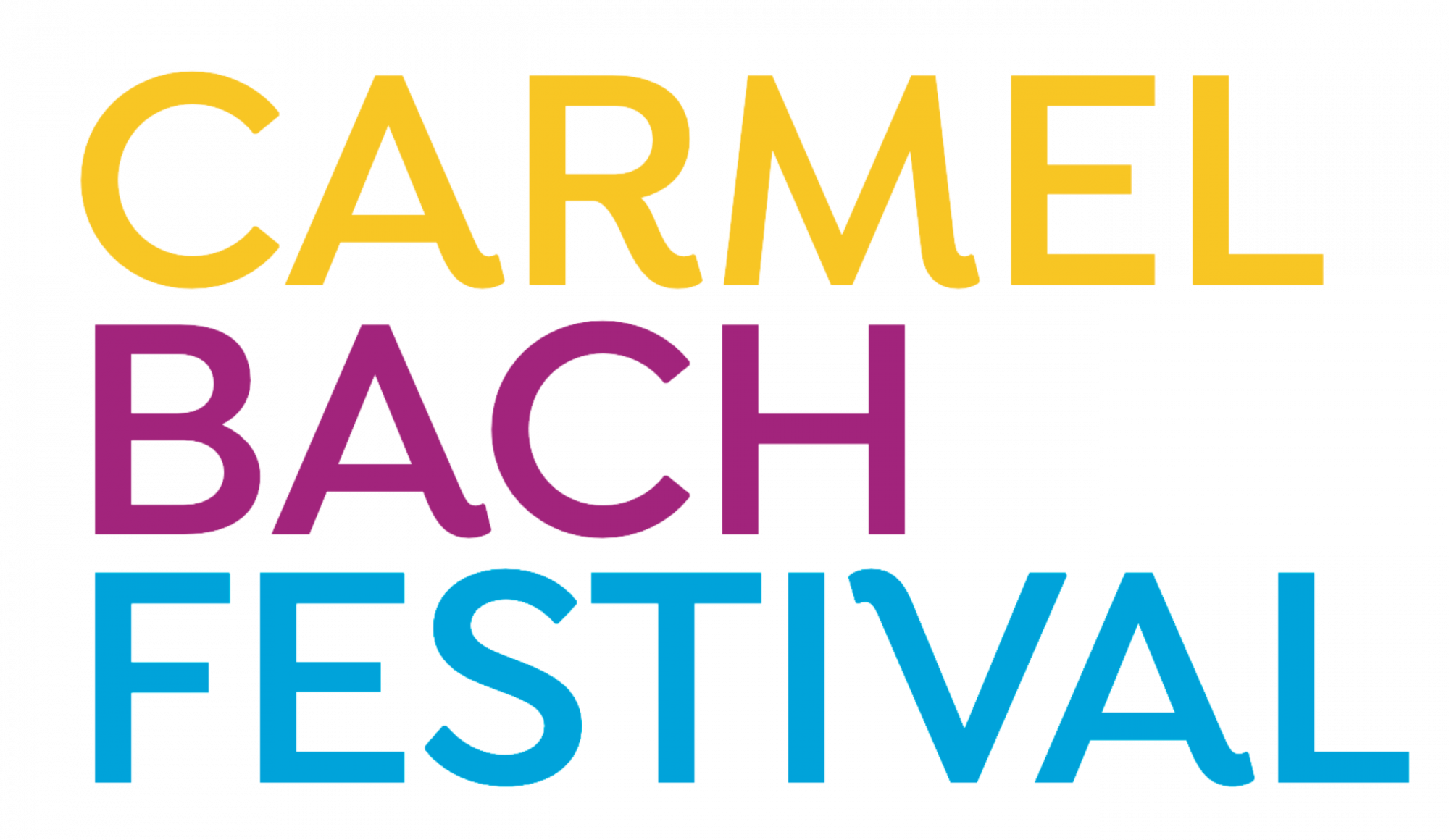Wolfgang Amadeus Mozart, Sonata No. 16 in C Major, K. 545
Gabriel Fauré, Impromptu, Op. 8
Johann Christian Bach, Movements from Concerto #6 (God Save the Queen)
Sponsored by
Mozart wrote the Piano Sonata in C Major, K. 545 in July, 1788, just before starting his Symphony no. 40 in G Minor (See Tuesday Main Concert). He clearly intended this for students, adding this notation: Eine kleine Klaviersonate fur Anfanger: (A Little Piano Sonata for Beginners). One of his most accessible and popular works, it was not published until 1805, years after his death. The Allegro is in a concise sonata form, with the unusual feature of beginning the recapitulation in the subdominant, F Major. In the Andante, a lyrical theme in G Major is gently varied, with an episode in the minor mode. A brief and playful Rondo closes the work.
Mozart did not have intimate acquaintance with the harp. The writing in his only composition for that instrument—The Concerto for Flute and Harp, K. 299, which can be heard on Saturday’s Viennese Matinee—has been likened to the figurations in his writing for piano. That said, the C Major Piano Sonata can be played on the harp without changing a note, and if imagined as a work conceived for that instrument, seems highly suitable for the harp in Mozart’s time.
The harp underwent many changes in the century after Mozart. Significant technical innovations broadened the capabilities of the instrument. France seems to have been the leader in these trends. Berlioz introduced the harp to the symphony orchestra with his Symphonie Fantastique, the conservatories produced many virtuosi, and a French repertoire for the instrument developed rapidly. At the Paris Conservatoire graduation students competed for the premier prix in part by playing a new work commissioned for the occasion. In 1904, Gabriel Fauré composed his Impromptu, op. 86 for this purpose, and it was a 14-year-old student named Micheline Kahn (1889–1987) who took the prize. She went on to have a distinguished career, with many premieres including Ravel’s Introduction and Allegro. She developed a cordial relationship with Fauré, who dedicated a later harp composition, Une châtelaine en sa tour, op. 110, to her. The Impromptu requires a virtuoso technique, and Fauré takes full advantage of the harp’s sumptuous colors and rich harmonic possibilities.
Johann Christian Bach was the youngest son of J.S. Bach and the most widely traveled. Born in Leipzig, he spent years in Italy writing operas and serving as organist in Milan cathedral. He settled in London in 1762, where he staged operas and initiated a series of public concerts with Carl Friedrich Abel. He also instructed Queen Charlotte, the wife of “mad” King George III. When Mozart visited London at the age of 8, Bach mentored him and inspired the youth’s first symphonies. Bach’s first publication in London, in 1763, was a set of six harpsichord concertos, op. 1, dedicated to Queen Charlotte. The sixth concerto in this set concludes with variations on God Save the Queen.
–Allen Whear


